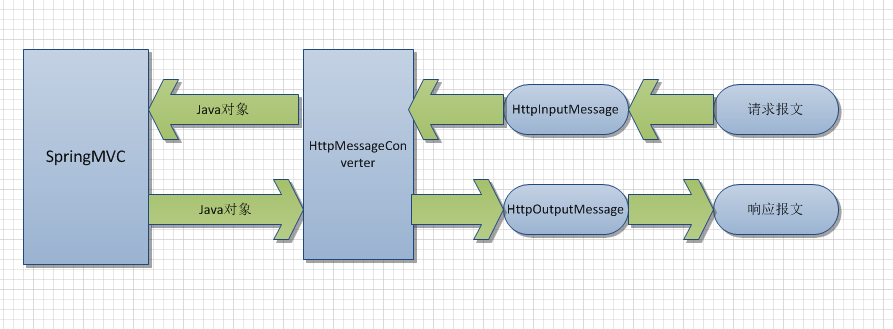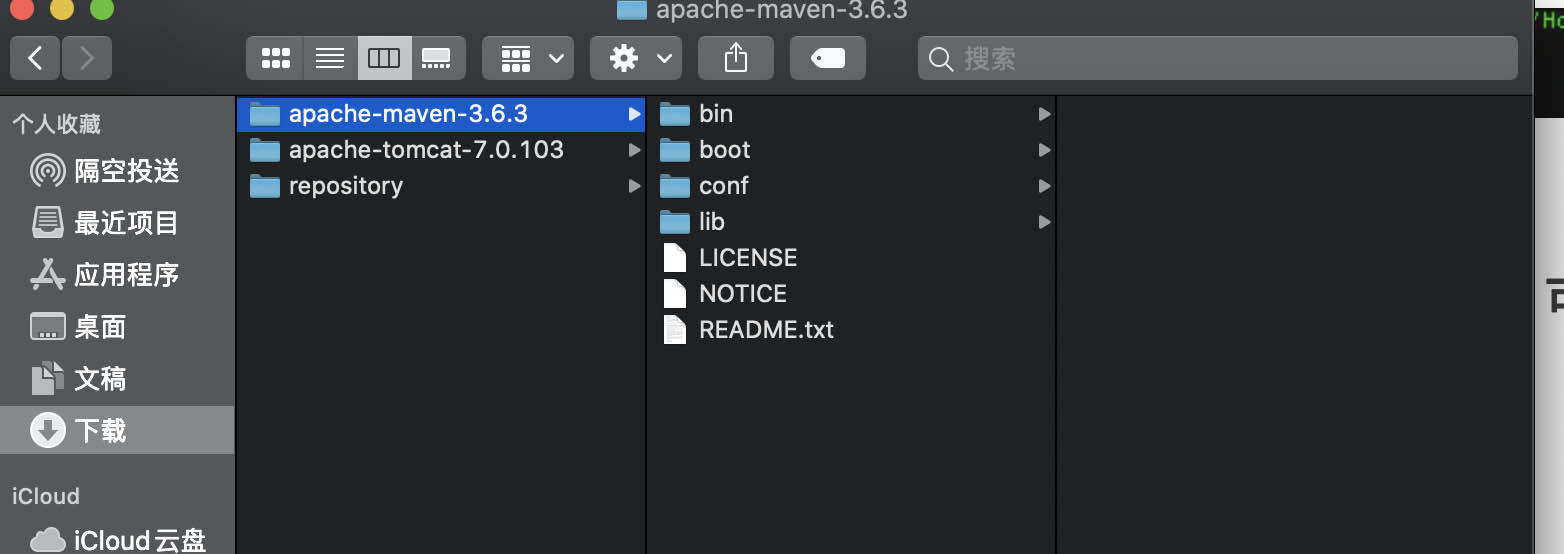Why does Math.round(0.49999999999999994) return 1?(为什么 Math.round(0.49999999999999994) 返回 1?)
问题描述
在下面的程序中你可以看到每个略小于.5的值都被四舍五入了,除了0.5.
In the following program you can see that each value slightly less than .5 is rounded down, except for 0.5.
for (int i = 10; i >= 0; i--) {
long l = Double.doubleToLongBits(i + 0.5);
double x;
do {
x = Double.longBitsToDouble(l);
System.out.println(x + " rounded is " + Math.round(x));
l--;
} while (Math.round(x) > i);
}
打印
10.5 rounded is 11
10.499999999999998 rounded is 10
9.5 rounded is 10
9.499999999999998 rounded is 9
8.5 rounded is 9
8.499999999999998 rounded is 8
7.5 rounded is 8
7.499999999999999 rounded is 7
6.5 rounded is 7
6.499999999999999 rounded is 6
5.5 rounded is 6
5.499999999999999 rounded is 5
4.5 rounded is 5
4.499999999999999 rounded is 4
3.5 rounded is 4
3.4999999999999996 rounded is 3
2.5 rounded is 3
2.4999999999999996 rounded is 2
1.5 rounded is 2
1.4999999999999998 rounded is 1
0.5 rounded is 1
0.49999999999999994 rounded is 1
0.4999999999999999 rounded is 0
我正在使用 Java 6 更新 31.
I am using Java 6 update 31.
推荐答案
总结
在 Java 6(可能更早)中,round(x) 被实现为 floor(x+0.5).1 这是一个规范错误,正是针对这种病态的情况.2Java 7 不再强制执行这种损坏的实现.3
In Java 6 (and presumably earlier), round(x) is implemented as floor(x+0.5).1 This is a specification bug, for precisely this one pathological case.2 Java 7 no longer mandates this broken implementation.3
问题
0.5+0.49999999999999994 在双精度中正好是 1:
0.5+0.49999999999999994 is exactly 1 in double precision:
static void print(double d) {
System.out.printf("%016x
", Double.doubleToLongBits(d));
}
public static void main(String args[]) {
double a = 0.5;
double b = 0.49999999999999994;
print(a); // 3fe0000000000000
print(b); // 3fdfffffffffffff
print(a+b); // 3ff0000000000000
print(1.0); // 3ff0000000000000
}
这是因为 0.49999999999999994 的指数小于 0.5,所以当它们相加时,它的尾数会移动,ULP 会变大.
This is because 0.49999999999999994 has a smaller exponent than 0.5, so when they're added, its mantissa is shifted, and the ULP gets bigger.
解决方案
从 Java 7 开始,OpenJDK(例如)这样实现它:4
Since Java 7, OpenJDK (for example) implements it thus:4
public static long round(double a) {
if (a != 0x1.fffffffffffffp-2) // greatest double value less than 0.5
return (long)floor(a + 0.5d);
else
return 0;
}
<小时>
<子>1. http://docs.oracle.com/javase/6/docs/api/java/lang/Math.html#round%28double%29
<子>2. http://bugs.java.com/bugdatabase/view_bug.do?bug_id=6430675(感谢@SimonNickerson 找到这个)
2. http://bugs.java.com/bugdatabase/view_bug.do?bug_id=6430675 (credits to @SimonNickerson for finding this)
<子>3. http://docs.oracle.com/javase/7/docs/api/java/lang/Math.html#round%28double%29
<子>4. http://grepcode.com/file/repository.grepcode.com/java/root/jdk/openjdk/7u40-b43/java/lang/Math.java#Math.round%28double%29
这篇关于为什么 Math.round(0.49999999999999994) 返回 1?的文章就介绍到这了,希望我们推荐的答案对大家有所帮助,也希望大家多多支持编程学习网!
本文标题为:为什么 Math.round(0.49999999999999994) 返回 1?


基础教程推荐
- 如何在 Spring @Value 注解中正确指定默认值? 2022-01-01
- 验证是否调用了所有 getter 方法 2022-01-01
- 不推荐使用 Api 注释的描述 2022-01-01
- 大摇大摆的枚举 2022-01-01
- Java Swing计时器未清除 2022-01-01
- Java 实例变量在两个语句中声明和初始化 2022-01-01
- 从 python 访问 JVM 2022-01-01
- 在 Java 中创建日期的正确方法是什么? 2022-01-01
- 如何在 JFrame 中覆盖 windowsClosing 事件 2022-01-01
- 多个组件的复杂布局 2022-01-01

















